European fruits are a mix of native varieties like apples, pears, cherries, and berries, and non-native fruits introduced through migration and trade.
There are three main categories: stone fruits (cherries, plums), known for their juiciness and sweetness; pome fruits (apples, pears), versatile for cooking and raw consumption; and soft fruits (berries, grapes), prized for their antioxidants and used in jams, desserts, and as snacks.
Beyond nutrition, European fruits carry cultural significance, embodying heritage, seasonality, and festivity. Apples and grapes, for instance, are rooted in mythology, tradition, and the wine industry.
I’m excited to share with you everything I found out about the top 39 fruits in Europe. You will look at what makes each region’s fruits special, figure out which countries are the big players in fruit production, and talk about some popular fruit dishes and drinks.
Moreover, I also discover some of the most favored vegetables in Europe.
Let’s get started!
32 Popular European Fruits with Filters
Here are 32 well-loved European fruits, organized by how much people enjoy them. You can play around with a filter to see which ones are native, non-native, national, fruit vegetables, or exotic, or which ones are used for dishes, beverages, or garnish.
Apple
- Austria
- Belgium
- Bulgaria
- Germany
- Netherlands
- Poland
- Portugal
- Romania
- Russia
- Sweden
- United Kingdom
- For Beverages
- For Dishes
- For Garnish
- National
- Native
Europe boasts numerous apple varieties, such as the crisp and sweet ‘Gala’, the tart ‘Granny Smith’, and the aromatic ‘Golden Delicious’. Apples typically have a firm flesh and come in red, green, and yellow shades.
They’re in season from late summer through autumn, though availability varies by variety. Europeans enjoy apples in myriad ways: eaten raw for a crunchy snack, baked into pies or tarts, stewed for sauces, and pressed into juice or cider.
Apples are essential to daily diets and festive traditions in countries like France, Germany, and the UK. For example, the UK celebrates apple harvesting with events like apple bobbing during Halloween.
Banana
- Cyprus
- Exotic
- For Beverages
- For Dishes
- National
- Non-Native
Bananas are tropical fruits, highly favored in Europe for their soft, sweet flesh encased in a yellow or sometimes red peel when ripe. Bananas are available year-round, which adds to their popularity.
Bananas are largely imported; the Cavendish variety is most commonly found on European shelves. Its sweet taste and creamy texture make it a favorite. Bananas are versatile: eaten raw, sliced into cereals or desserts, mashed into baked goods, or blended into smoothies.
In Europe, they are a daily staple in countries like Germany, the UK, and France, and they are appreciated for their convenience as a nutritious snack or ingredient.
Orange
- Hungary
- For Beverages
- For Dishes
- For Garnish
- National
- Non-Native
Orange is a citrus fruit that contributes significantly to European fruit consumption. Originating from Southeast Asia, it’s now widely cultivated in the Mediterranean region, especially in Spain, Italy, and Greece.
The orange is prized for its juicy, sweet flesh, encased in a vibrant orange peel. Varieties like the Valencia, Navel, and Blood oranges are particularly popular in Europe.
Oranges are generally sweet with a tangy twist, and their season peaks in winter. In Europe, oranges are enjoyed fresh, juiced, or used as a flavoring in dishes and desserts.
They’re a key ingredient in marmalades, especially in the UK, where the Seville orange is preferred for its bitter edge. Spain’s Valencia oranges are often juiced, making Spain a leading exporter of orange juice within the continent.
Oranges are central to various European cultural events. For example, in Italy, the Battle of the Oranges is a traditional food fight festival, symbolizing the fight for freedom.
Strawberry
- Denmark
- For Beverages
- For Dishes
- For Garnish
- National
- Native
Strawberry is a native European fruit, beloved across the continent for its sweet, slightly tart flavor. This fruit heralds the arrival of summer, typically ripening from late May through July.
Varieties like the ‘Albion’, ‘Elsanta’, and the wild ‘Fragaria vesca’, or woodland strawberry, are well-regarded for their taste and aroma. Strawberries are soft, juicy, and fragrant, covered in tiny, edible seeds.
Europeans cherish strawberries, both fresh and in culinary creations. They’re a staple at breakfast, served with cream or sugar, and a key component of desserts like the British summer classic, strawberry shortcake.
France is known for its strawberry tarts, while in Spain, strawberries are often blended into refreshing cold soups or served with cream.
Grape
- Spain
- For Beverages
- For Dishes
- National
- Native
Grape is a fruit native to Europe and has been cultivated here for thousands of years, primarily for wine production.
Europe is famous for its wide variety of grapes, including the ‘Cabernet Sauvignon’, ‘Merlot’, and ‘Chardonnay’ for wine, as well as table varieties like ‘Thompson Seedless’ and ‘Concord’.
Grapes can be small and sweet and come in various colors, from green and red to purple and black. They’re typically harvested in late summer to early autumn. In Europe, grapes are consumed fresh as a snack, dried into raisins, or fermented into wine.
Countries like France, Italy, and Spain are the largest producers. They have regions deeply identified by their wine production, such as Bordeaux in France, Tuscany in Italy, and Rioja in Spain.
Pear
- France
- For Beverages
- For Dishes
- For Garnish
- National
- Native
Pear is a native European fruit in wide varieties, such as ‘Bartlett,’ known in the UK as ‘Williams,’ ‘Conference,’ and ‘Comice.’ These varieties range in taste from sweet to slightly tangy and in texture from crisp to buttery soft.
Pears have a distinct bell shape, with a round bottom that tapers to the top. Their skin can be green, yellow, red, or brown, typically harvested in late summer to fall.
In Europe, pears are enjoyed both raw and cooked. They’re often poached in wine or baked in tarts, and pear cider is popular in places like the UK and France. Pears are commonly used in salads, cheese platters, and desserts for their sweet, delicate flavor.
Pears are renowned in countries like Belgium and the Netherlands, where the ‘Conference’ pear is extensively grown. In France, the ‘Comice’ pear is highly regarded for its juicy flesh and is often associated with Christmas feasts.
Cherry
- Albania
- For Beverages
- For Dishes
- National
- Native
Cherry is a native fruit to Europe and is beloved for its sweet and sometimes tart flavor. Cherries come in several varieties, including the sweet ‘Bing’ and ‘Lapins,’ and the sour ‘Montmorency.’
Their appearance is small and round, with a deep red to black color when ripe, and they’re known for their juicy flesh surrounding a single hard seed. Cherry season is brief, typically from late spring to early summer.
Cherries are widely consumed fresh in Europe, directly off the stem, and are a favored ingredient in desserts like Germany’s famous Black Forest cake. Sour cherries are often used in cooking and baking, turned into preserves, or used as pie fillings.
Italy’s Emilia-Romagna region is famous for its ‘Vignola’ cherries, and the town hosts an annual cherry festival to celebrate the harvest.
Lemon
- For Beverages
- For Dishes
- For Garnish
- Non-Native
Lemon is a citrus fruit that has become essential to Mediterranean cuisine and culture, although it is not originally from Europe. This sour fruit is characterized by its bright yellow color, oval shape, and thick, textured skin. They are known for their tart, zesty flavor.
In European kitchens, lemons are a versatile ingredient that adds acidity to dishes in marinades, dressings, and garnish. Lemon juice is a key component in beverages like lemonade and is also used in cocktails and teas.
Lemons are typically harvested throughout the year, but their peak season is late winter to early spring. In countries like Italy and Spain, lemons are integral to many traditional dishes, including the making of limoncello, a popular lemon liqueur.
The Amalfi Coast in Italy is famed for its large, aromatic lemons, such as the ‘Sfusato Amalfitano.’ It hosts the annual Lemon Festival in Massa Lubrense, celebrating the fruit’s importance to the region.
Peach
- For Dishes
- Non-Native
Peach is a fruit native to China but has been embraced by Europe, particularly in the Mediterranean and southern regions. Peaches are loved for their soft, fuzzy skin and sweet, juicy flesh.
They come in varieties that include white and yellow flesh, each with its balance of sweetness and acidity. The fruit is typically in season from late spring through the end of summer.
Peaches are often eaten fresh or used in Europe to make desserts, like the classic French peach tarte or Italian peach gelato. They are also highly favored in jams, preserves, and even grilled or added to savory dishes for a sweet contrast.
Mandarin
- Exotic
- For Beverages
- For Dishes
- For Garnish
- Non-Native
Mandarin, also known as the mandarin orange, is a citrus fruit similar to the orange but smaller and with a more easily peeled skin. Originally from Asia, mandarins have become a beloved fruit across Europe, especially in Mediterranean countries.
They are celebrated for their sweet flavor and vibrant orange color. Mandarins come in several varieties, such as ‘Clementines,’ ‘Tangerines,’ and ‘Satsumas.’ In European cuisine, mandarins are often enjoyed fresh, as their segments can be easily separated.
They’re also used in salads, desserts, and jams, and their zest adds a fragrant citrus note to baked goods and dishes. In countries like Spain and Italy, where mandarins are widely grown, they’re a common sight in markets during their season.
Kiwi
- Exotic
- For Beverages
- For Dishes
Kiwi is an exotic fruit in Europe, originating from China. It was introduced to Europe in the 20th century and has become popular, particularly in Italy, France, and Greece.
Kiwis are recognized for their brown, fuzzy skin and bright green or golden flesh, speckled with tiny, edible black seeds. The taste is a unique, tangy-sweet flavor, and the texture is soft and juicy.
Locals in Europe consume kiwi fresh, often scooped straight from the skin with a spoon. It’s also common in fruit salads, desserts, and smoothies. In Italy, the world’s leading producer of kiwis outside of China, kiwi gelato and kiwi-topped pastries are common treats.
Plum
- Serbia
- For Beverages
- For Dishes
- National
- Native
Plum is a fruit native to Europe and Asia. This juicy fruit comes in many sizes and colors, ranging from deep purple to red, yellow, and green. Plums have a sweet and slightly tart flavor, with smooth or sometimes speckled skin and soft flesh surrounding a hard pit.
They’re typically harvested in late summer to early autumn. Europe has several famous varieties, including the ‘Victoria,’ ‘Damson,’ and ‘Mirabelle.’
Besides eating fresh, plums find their way into jams, desserts, and savory dishes. In Germany and Poland, plums are used to make traditional pastries and spirits, such as the renowned Slivovitz, a type of plum brandy.
The Mirabelle plum, particularly associated with the Lorraine region of France, is celebrated with its Fête de la Mirabelle festival.
Raspberry
- For Beverages
- For Dishes
- Native
Raspberry is a native European fruit with a delicate structure and intense, sweet flavor. This berry’s color ranges from the traditional deep red to black, purple, and golden. Raspberries are summer fruits, peaking in flavor and abundance from June to August.
They are small, composed of many individual drupelets around a central core, and juicy and tart. Fresh raspberries are a beloved topping for yogurt, cereal, and salads. They’re also a dessert staple like the classic English summer pudding or the French raspberry tart.
Beyond sweets, raspberries are made into preserves and infused with vinegar and liqueurs.
In regions like Scotland, the raspberry holds a place of pride, with the country being known for its high-quality berries.
Blueberry
- For Beverages
- For Dishes
- Native
Blueberry is often referred to as the bilberry or wild blueberry. This small, native European fruit is famed for its dark blue color and sweet yet slightly tart flavor.
European blueberries are smaller than their cultivated American counterparts and are known for their intense blue hue and fine protective coating called bloom.
They thrive in the wild forests across the continent, with their season spanning from late July to early September. Locals enjoy blueberries fresh, in homemade jams, or baked into desserts like pies and muffins.
In Scandinavian countries, blueberries are a key ingredient in traditional dishes and foraged for personal use. In addition, blueberry soup is a popular refreshment in Sweden, especially among skiers.
Blueberries are widespread in Northern and Eastern Europe, where they are a culinary delight and part of the foraging tradition that marks the late summer months.
Grapefruit
- For Beverages
- For Dishes
- Non-Native
Grapefruit is a citrus fruit not native to Europe but widely adopted across the Mediterranean region. Characterized by its large size, pink to red flesh, and a balance of sweet and sour flavors, grapefruit has a thick, yellow peel.
Originally from Asia, grapefruit is now cultivated in warmer European climates, with a season that typically runs from late winter into early spring.
In Europe, grapefruit is enjoyed in various ways: eaten fresh, included in fruit salads, or juiced. Its zest and juice are also used to flavor dishes and cocktails.
Pineapple
- Exotic
- For Beverages
- For Dishes
- Non-Native
Pineapple, or ananas, is an exotic European fruit from South America. This tropical fruit is esteemed for its sweet, tart flavor and juicy, vibrant yellow flesh. Pineapples have a tough, spiky exterior and are crowned with green leaves.
Thanks to global imports, they are available in European markets year-round, but peak season varies by growing region. In Europe, pineapples are often consumed fresh, sliced as a snack or dessert, and used in various dishes, from sweet to savory.
They’re popular in fruit salads, grilled for barbecues, and used in cakes and tarts. Pineapple juice is also a staple in cocktails and smoothies.
Mango
- Exotic
- For Beverages
- For Dishes
- Non-Native
Mango is a fruit relished across Europe, though its roots lie in South Asia. Mangoes are known for their smooth, orange flesh that’s sweet and slightly tart, encased in green, yellow, or sometimes red skin.
They’re typically available in European supermarkets from late spring to early autumn. Europeans enjoy mangoes in various ways, appreciating their rich, creamy texture and tropical flavor.
Fresh mango slices are a common treat, while mango puree is used in smoothies, yogurts, and desserts like sorbets and mousses. Mango chutney, though of Indian origin, has found a place in European cuisine as a favored accompaniment to curries and cheeses.
Apricot
- For Beverages
- For Dishes
- Non-Native
Apricot is a stone fruit native to Asia but has flourished in Europe, especially in the Mediterranean and Central Europe. Apricots are small, golden-orange fruits with velvety skin and soft, sweet flesh.
They are typically in season from late spring to early summer. In Europe, varieties such as the ‘Moorpark’ and ‘Hungarian Best’ are well-loved for their flavor and are often eaten fresh, dried, or used in jams, pastries, and even savory dishes.
Locals in countries like Italy, France, and Hungary enjoy apricots as a fresh, juicy snack or in traditional desserts like apricot tarts. In regions where apricots are abundant, they’re also commonly preserved, making delightful jams and kompot (compotes).
Blackberry
- For Beverages
- For Dishes
- Native
Blackberry is a native European fruit that grows wild in woods and hedgerows. Known for their deep purple, almost black color, these berries are juicy and sweet with a hint of tartness.
Blackberries come into season in late summer to early autumn, symbolizing the transition from summer to fall. Numerous wild varieties are scattered across Europe, each with subtle differences in size, flavor, and texture.
In Europe, blackberries are often foraged, used in homemade pies, jams, and jellies, and eaten fresh. They’re also popular in smoothies and as toppings for yogurt and cereal.
In the UK, blackberry picking is a cherished late summer activity, with families heading out to gather these berries from the wild.
Nectarine
- For Dishes
- Non-Native
Nectarine is a stone fruit that thrives in the warmer climates of Europe. It’s not native to the continent but has adapted well, especially in Mediterranean countries. Nectarines are similar in flavor to peaches, with a slightly firmer, more aromatic flesh.
They come in two main varieties: freestone and clingstone, depending on how the flesh adheres to the pit. The fruit’s appearance is marked by its red and yellow skin, which lacks the fuzzy texture of peaches.
Nectarines are summer fruits, typically ripe and ready to eat from late spring through summer. In European cuisines, nectarines are enjoyed both fresh and cooked. They’re a popular choice for salads, desserts, and jams.
Grilled nectarines are a summertime favorite, often served with a dollop of cream or ice cream.
Melon
- For Beverages
- For Dishes
- Non-Native
Melon is a fruit widely enjoyed across Europe, particularly in warmer regions. The most famous types include the cantaloupe, with its netted, tan skin and sweet orange flesh, and the watermelon, known for its green rind and juicy, red flesh.
Other notable varieties include the honeydew, Galia, and Charentais melons. Europeans enjoy melons in various ways: eaten fresh, in fruit salads, or wrapped in prosciutto as a classic appetizer.
Watermelon is particularly popular as a refreshing snack or dessert on hot days. In countries like France and Italy, cantaloupe melons are highly prized for their flavor and are often served as a delicacy with cured meats or as part of a dessert.
Certain regions celebrate the melon harvest with festivals, such as the ‘Fête du Melon’ in France, where the local community celebrates this beloved fruit with tastings, music, and entertainment.
Clementine
- For Beverages
- For Dishes
- For Garnish
- Non-Native
Clementine is a citrus fruit, often viewed as a hybrid between a mandarin and a sweet orange. This small, easy-to-peel fruit is not originally from Europe but has found a favorable climate in the Mediterranean, particularly in Spain and Italy.
Clementines are known for their glossy, deep orange skin and sweet, juicy segments that lack seeds. The fruit is typically in season from late autumn through winter, providing a burst of sunshine during the cooler months.
Clementines are widely consumed fresh in Europe, straight out of their peel. They’re also used in salads, desserts, and as a garnish for drinks, adding a sweet, citrusy flavor. During the Christmas season, clementines are a traditional treat in many European countries.
Pomegranate
- For Beverages
- For Dishes
- For Garnish
- Non-Native
Pomegranate is a fruit that originates from the Middle East but has been adopted and cultivated in the Mediterranean region of Europe for centuries. Known for its thick, red skin and the jewel-like, juicy seeds inside called arils, pomegranates are sweet and tart.
Pomegranates are usually in season from September to February in Europe. Locally, pomegranates are used in a variety of culinary applications, from being eaten fresh to being juiced.
The arils are often used to add a burst of flavor and color to salads, desserts, and dishes. In Mediterranean cuisine, pomegranate syrup is a popular ingredient in savory and sweet recipes.
Pomegranates symbolize abundance and good fortune in many European cultures, particularly Greece. They are integral to New Year’s celebrations, where smashing one on the ground at midnight is believed to bring prosperity for the coming year.
Avocado
- Exotic
- For Dishes
- Fruit Vegetables
Originally from Mexico, Central America, and South America, avocados have found a favorable reception in European markets, especially for their creamy texture and health benefits.
The ‘Hass’ variety is popular for its nutty taste and bumpy skin. The fruit is generally available year-round, thanks to global imports, with a peak season in the summer.
In Europe, avocados are embraced for their versatility in dishes ranging from breakfast toast to salads, dips like guacamole, and even some desserts. Their rich, buttery flesh is highly nutritious, and packed with healthy fats.
Fig
- For Dishes
- Native
Fig is a fruit native to the Middle East and Mediterranean region. Figs have been cultivated since ancient times and are cherished in Europe. Figs feature a tear-shaped form, soft skin, and flesh filled with tiny edible seeds.
They come in various colors, including purple, green, and gold. The fruit has a honey-like sweetness and a slightly chewy texture. Figs are seasonal, typically ripe for harvesting in late summer to early autumn.
Figs are consumed in a variety of ways across Europe. Fresh figs are a delicious snack in addition to salads, cheeses, and cured meats. They are also used in baking, from cakes to bread, and made into jams and preserves.
Dried figs are a common treat for their intense sweetness and longer shelf life. In countries like Italy, Greece, and Turkey, figs are often associated with the end of summer and early fall harvests.
Blackcurrant
- For Beverages
- For Dishes
- Native
Blackcurrant is a fruit native to Europe and parts of Asia. This small, tart berry is known for its deep purple, almost black color and potent flavor. Blackcurrants are typically in season in the summer months.
They are widely cultivated across Europe, with significant production in the UK, Poland, and Scandinavia, among other regions.
Blackcurrants are versatile in the kitchen, fresh or cooked in many dishes. They’re a key ingredient in jams, jellies, and syrups, and are also used to flavor beverages, yogurts, and desserts.
Cranberry
- For Beverages
- For Dishes
- Non-Native
Cranberry is native to North America but has been introduced to Europe, where it is cultivated in wetlands across the northern parts. This small, tart, red fruit is particularly known for its sharp flavor and is often harvested in the late autumn.
In Europe, cranberries are commonly consumed as a juice or used in sauces and relishes, accompanying dishes like turkey during festive meals, especially around Christmas. They’re also popular in baked goods, such as muffins and pies.
Quince
- For Dishes
- Non-Native
Quince is a fruit native to the rocky slopes and woodland margins of Southwest Asia but has been cultivated in Europe for thousands of years. This fruit is known for its bright yellow skin and unique fragrance.
However, quince is notably hard and astringent when raw. It’s typically harvested in late autumn. In European culinary traditions, quince is commonly used to make jams, jellies, and quince paste, also known as membrillo in Spain, where it is often served with cheese.
Quince is also stewed or baked and used in pies and desserts. It holds a special place in several European cultures. For example, in Greece, quince is traditionally used in wedding banquets.
Gooseberry
- For Dishes
- Native
Gooseberry is a native European fruit known for its tart, juicy berries, often covered in a fine, hairy texture. These small, spherical fruits come in a variety of colors, from green to red or purple.
Gooseberries thrive in the cooler climates of Europe and are in season during the summer months. Notable varieties include the ‘Hinnonmaki Red’ and ‘Greenfinch.’
In European kitchens, gooseberries are used in different ways, from being featured in pies and jams to being served alongside savory dishes like mackerel.
In countries like England, gooseberry pies and crumbles are a traditional summer treat. The fruit also holds a special place in the cultural traditions of countries like the UK, where the annual gooseberry show in Egton Bridge is a well-known event.
Elderberry
- For Beverages
- For Dishes
- Native
Elderberry is native to Europe and widely found in its wild hedgerows and woodland areas. This fruit is small, dark purple to black when ripe, and packed with nutrients, though it must be cooked before consumption as raw berries can be toxic.
Elderberries are celebrated for their deep, wine-like flavor and are typically harvested in late summer to early autumn.
Elderberries are commonly used across Europe to make syrups, jams, and liqueurs, with elderflower cordial being a particularly popular drink made from the plant’s fragrant flowers.
Olive
- For Dishes
- For Garnish
- Fruit Vegetables
- Native
Olive is a small, oval fruit native to Europe, specifically the Mediterranean. Olives come in various colors, from green to black.
Some famous variations include the ‘Kalamata’ from Greece, known for its deep purple color and meaty texture, and the ‘Manzanilla’ from Spain, a green olive beloved for its crisp flesh and slightly nutty flavor.
The taste of olives can vary widely from bitter and briny to rich and buttery. Beyond being consumed whole, fresh, or more commonly cured and marinated, olives are pressed to produce olive oil.
In European countries, especially those around the Mediterranean, olives are a dietary cornerstone, served as appetizers, used in cooking for their rich flavor, or added to salads and pasta.
Olives hold significant cultural value in Europe, particularly in Greece, Italy, and Spain, where olive harvesting and oil pressing are celebrated with festivals and rituals that date back centuries.
Damson
- For Dishes
- Native
Damson is a type of plum native to Europe, distinguished by its small, oval shape and deep purple-blue skin. This fruit has a tart, slightly astringent flavor when raw, making it more commonly used in cooking rather than eaten fresh.
Damsons are typically in season from late summer to early autumn. They are especially famed for their use in jams, jellies, and desserts, as well as in the production of damson gin in the UK.
The damson is popular across Europe, particularly in the British Isles, where it has a long history of cultivation and is celebrated for its culinary versatility. In the UK, damson fairs and festivals celebrate the harvest of this fruit, notably in regions like the Lyth Valley.
Locally, damsons are prized for their rich flavor, which intensifies with cooking, making them a favored ingredient in pies, preserves, and liqueurs.
List of European Fruits by Country
What Are the Features of European Fruits by Region?
Here is the summary of the characteristics of European fruits by region:
Leading Producers
Common Fruits: Apples, pears, plums, cherries, berries (strawberries, raspberries, blackcurrants).
Leading Producers
Common Fruits: Apples, pears, grapes, cherries, strawberries.
Leading Producers
Common Fruits: Oranges, lemons, olives, grapes, figs, peaches, apricots.
Leading Producers
Common Fruits: Apples, pears, cherries, plums, berries.
Leading Producers
Common Fruits: Apples, pears, plums, grapes, cherries.
Moving on, let’s find out how certain European countries excel in fruit production, with climates playing a crucial role in determining the leading producers.
Which European Countries Produce the Most Fruits?
Based on the 2022 data from Eurostat, here are the major European countries’ contributions to the production of different types of fruits:
The richness of Europe’s fruit production is mirrored in its cuisine, giving rise to iconic fruit-based dishes celebrated worldwide.
What Fruit-Based Dishes from Europe Are Renowned?
The 5 most famous European dishes that include fruits as ingredients are described below:

Gelato
Gelato is an Italian-style ice cream known for its rich texture and intense flavors, often featuring fruit such as strawberry, lemon, or mango.
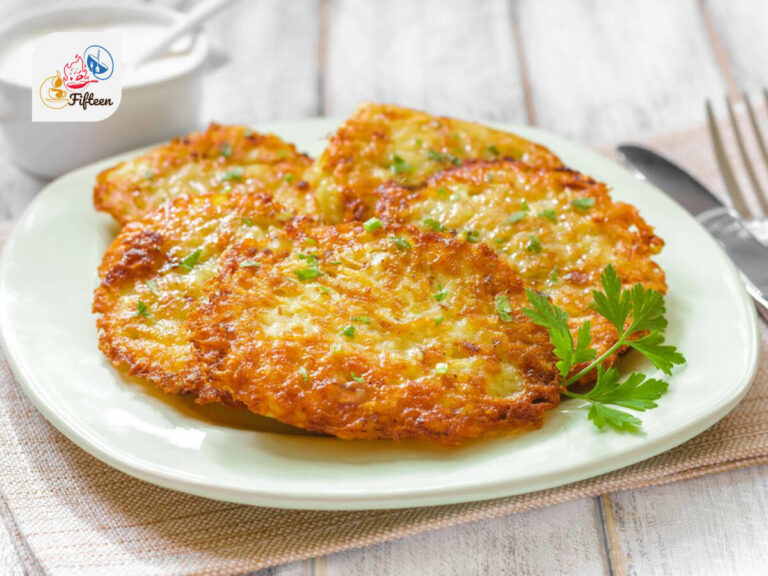
Pancakes
Pancakes are versatile flat cakes that, while not inherently fruity, are frequently topped or filled with berries, bananas, and other fruits for sweetness and variety.

Croissants
Croissants can be transformed into sweet pastries like Pain aux raisins and Pain aux fraises, incorporating raisins and strawberries into the flaky, buttery dough.

Waffles
Waffles are a European breakfast staple that achieves perfection when adorned with berries, sliced bananas, or apple compote.
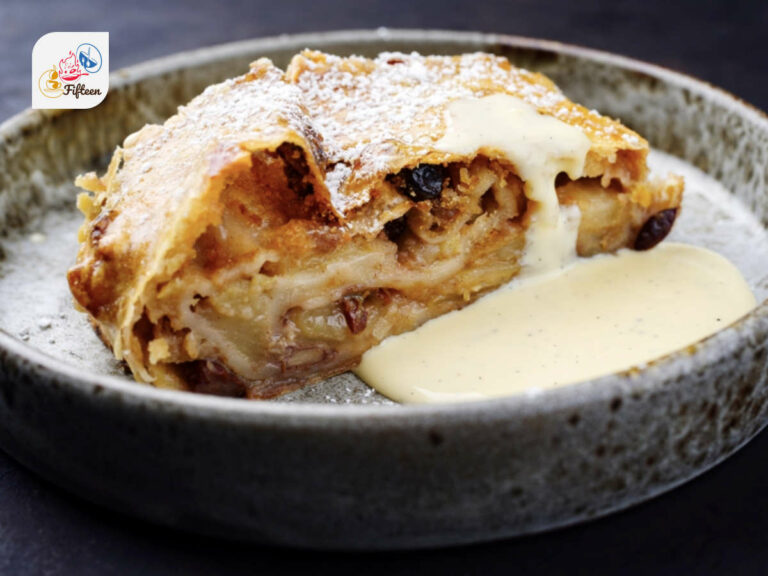
Strudel
Strudel is a layered pastry from Austria, celebrated for its sweet fillings, particularly the apple strudel, which showcases thinly sliced apples spiced with cinnamon.
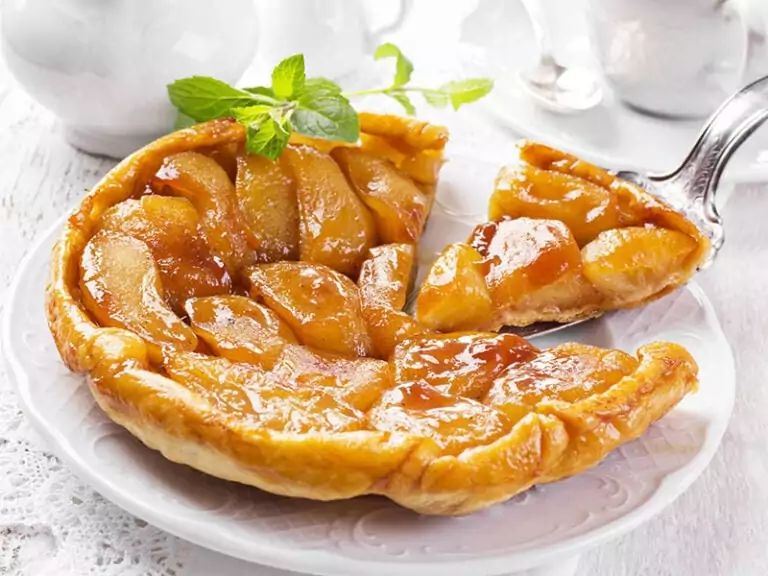
Tarte Tatin
Tarte Tatin is a French upside-down pastry where caramelized apples create a tender and flavorful filling beneath a buttery crust.
Don’t sweat it if you haven’t spotted your go-to dishes yet! There are a whole bunch more European dishes to offer.
Why not check out some European drinks made with fruits while you’re exploring? They’re a hit too!
Which European Fruit Beverages Are Must-Tries?
Presenting below are the 5 best-loved fruit beverages from Europe:
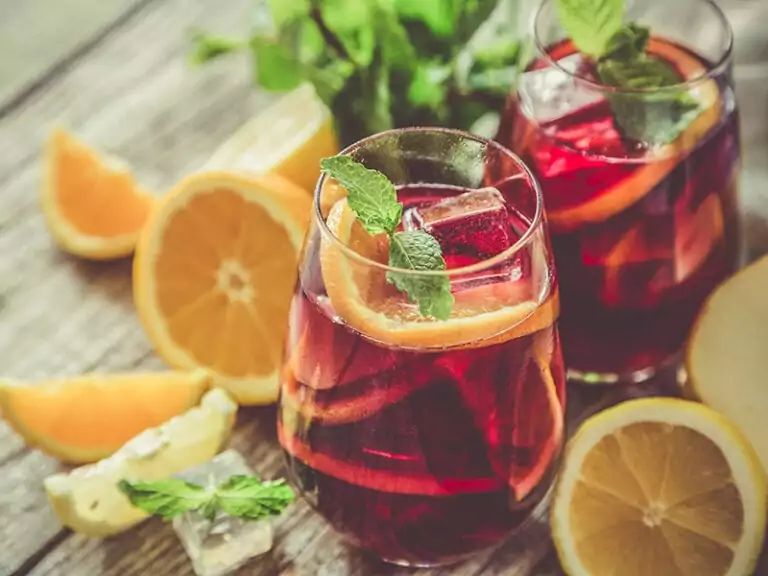
Sangria
Sangria is a festive Spanish drink blending red wine with assorted fruits, commonly apples, oranges, and lemons, for a refreshing punch.

Rakia
Rakia is a cherished Eastern European brandy distilled from grapes, plums, or apricots, embodying the essence of local fruit traditions.
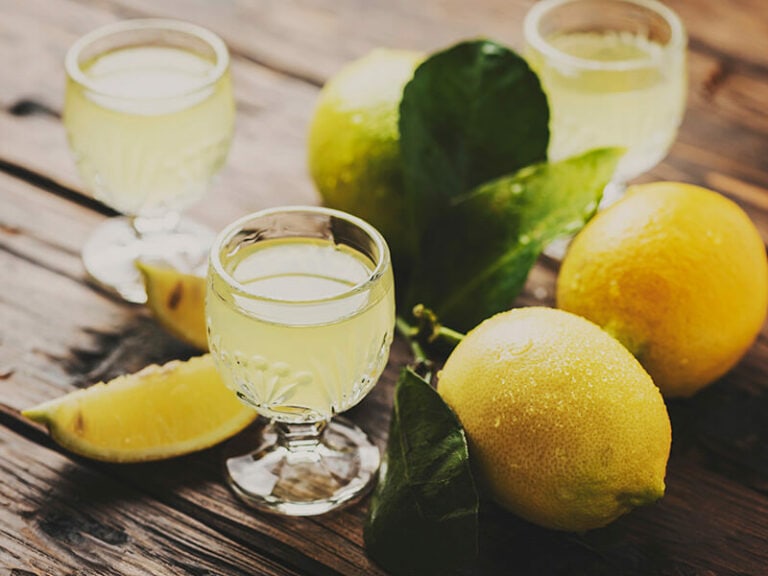
Limoncello
Limoncello is an Italian liqueur celebrated for its intense lemon zest flavor, capturing the sunny spirit of the Amalfi Coast.

Cointreau
Cointreau stands out as a sophisticated French liqueur made from a blend of sweet and bitter orange peels.
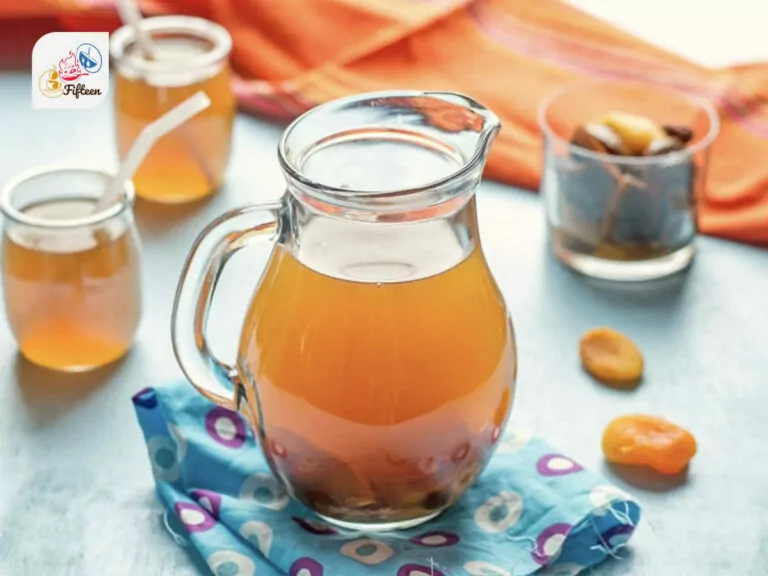
Kompot
Kompot is a comforting Eastern European beverage that gently cooks apples, pears, cherries, and other berries in sugared water.
Haven’t found your go-to dishes yet? No worries, Europe has tons more delicious drinks to check out.
And while you’re exploring, why not dive into the world of European vegetables? There’s a lot to discover!
Which Are the Most Famous European Vegetables?
Showcasing right below are the most well-known vegetable selections from Europe:
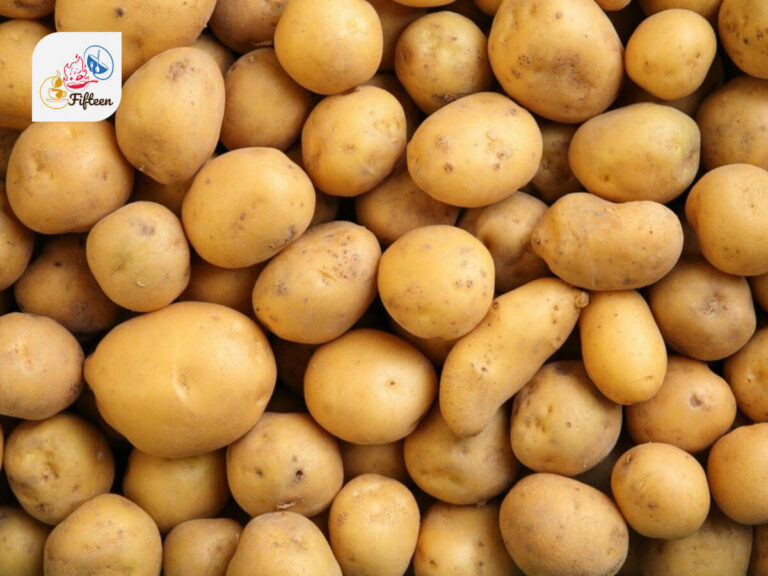
Potato
Potatoes are a versatile staple in European cuisine, featured in everything from hearty stews to baked goods.
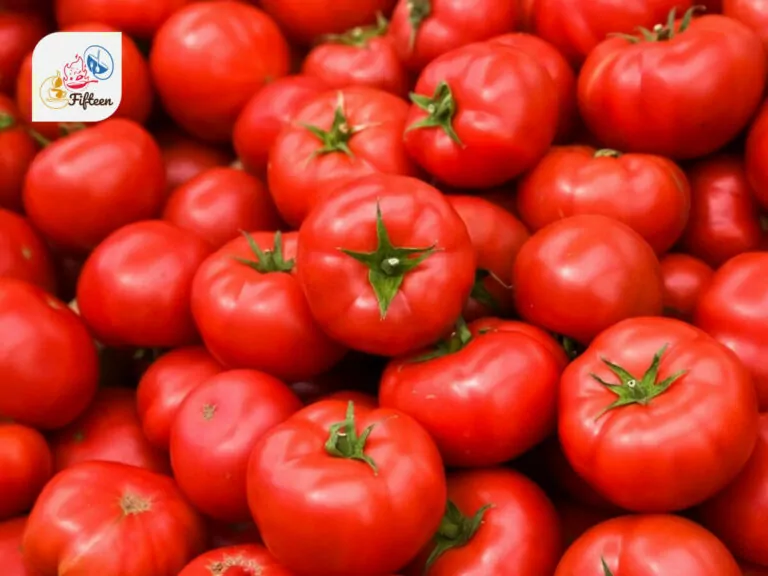
Tomato
Tomatoes are central to Mediterranean dishes, lending acidity and color to sauces, salads, and soups.
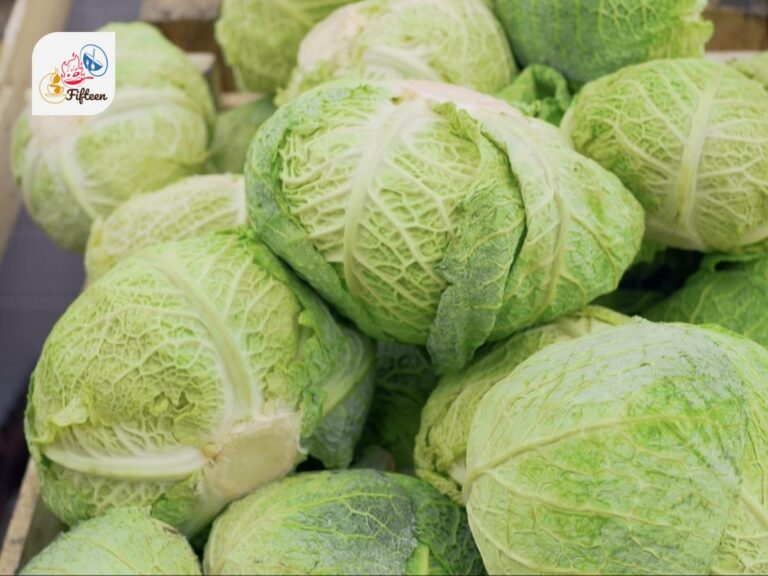
Cabbage
Cabbage is a cruciferous vegetable that appears in a variety of European dishes, from fermented sauerkraut in Germany to hearty soups in Eastern Europe.
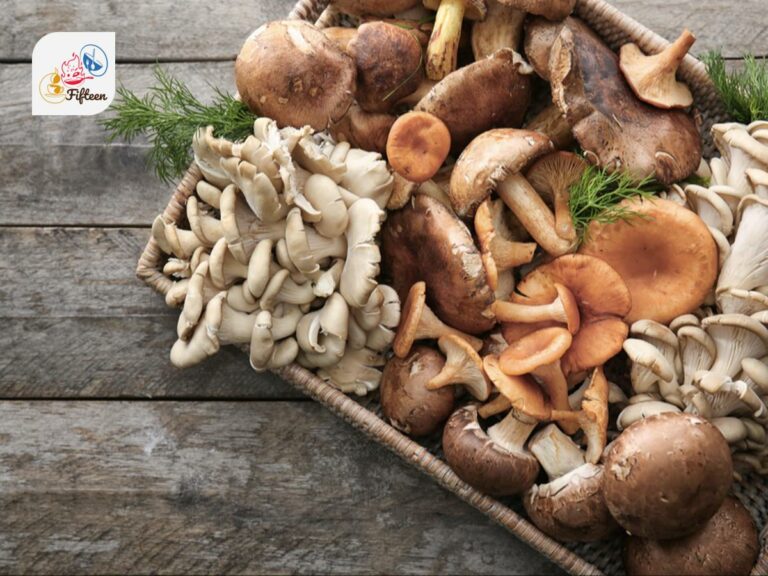
Mushroom
Mushrooms enhance European dishes with their earthy flavors, featured in foraged meals, stews, and as a complement to meats.
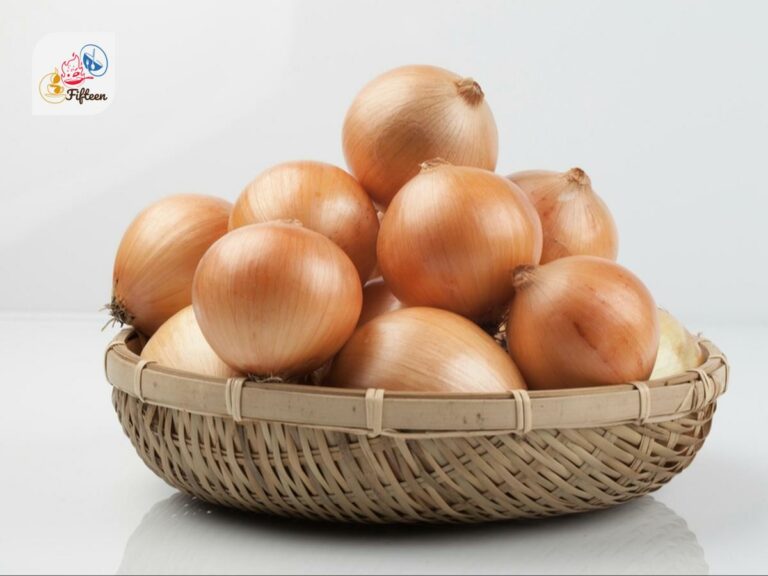
Onion
Onions serve as a foundational ingredient in European cooking, providing depth and sweetness to a wide range of dishes, from soups to sautés.
Through this exploration, you have become enamored with the luscious landscape of European fruits. These tantalizing fruits tell the rich, varied story of Europe’s heritage while serving as a testament to the continent’s fertile soils.
I encourage you to engage further with this topic. Spread the charm of these fruits by liking and sharing this article, and let’s deepen the dialogue by commenting on your favorites. See you in future posts!

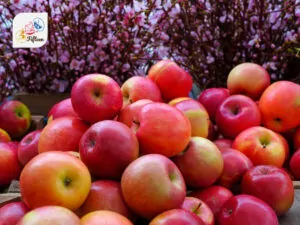
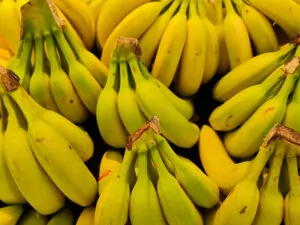
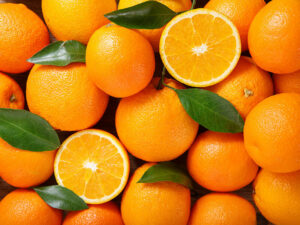
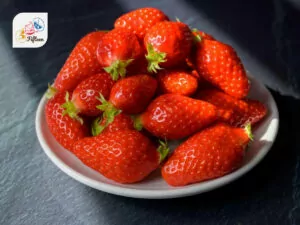
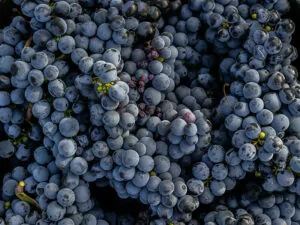
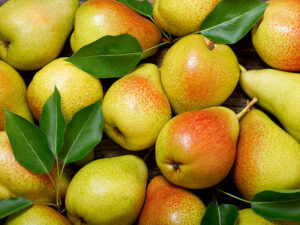
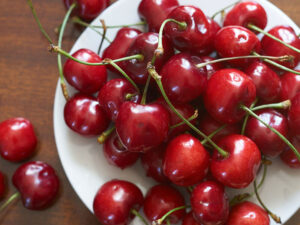
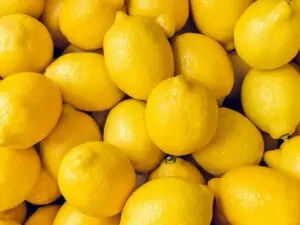
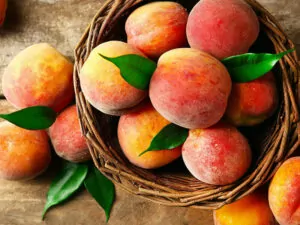
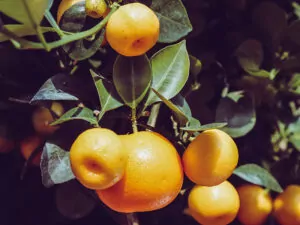
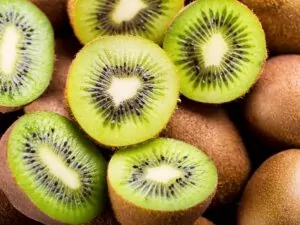
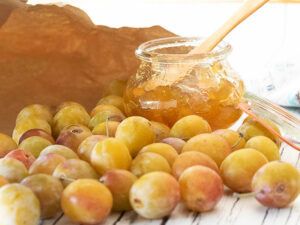
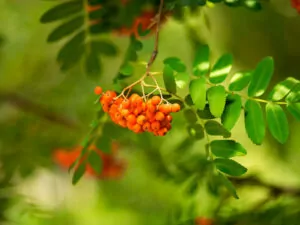
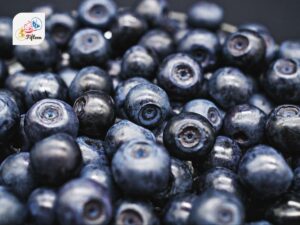
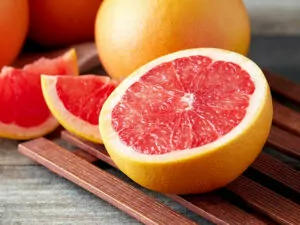
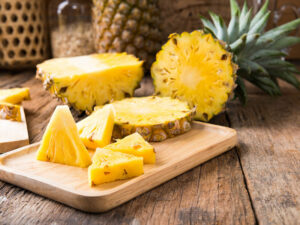
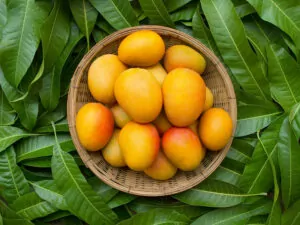
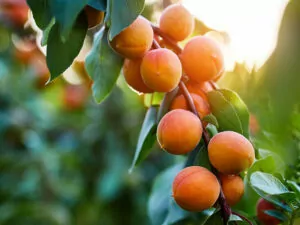
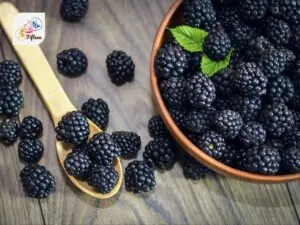
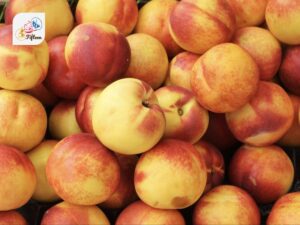
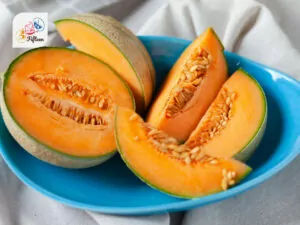
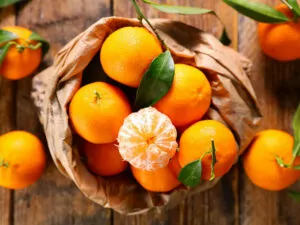
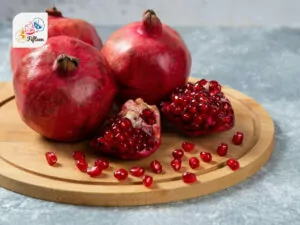
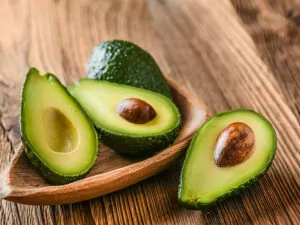
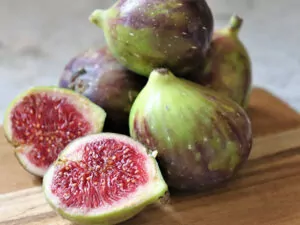
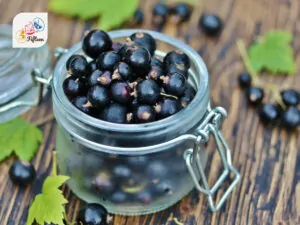
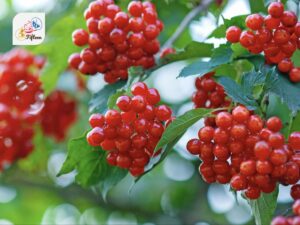
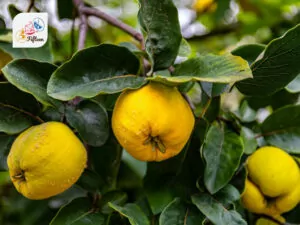
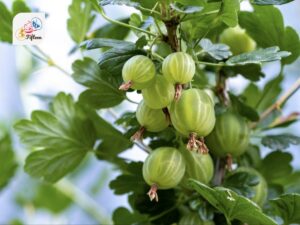
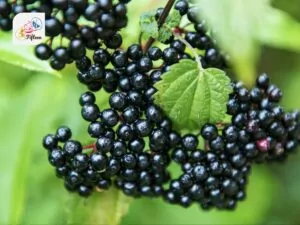
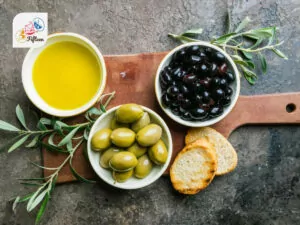
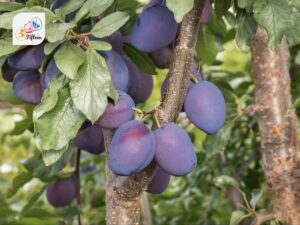
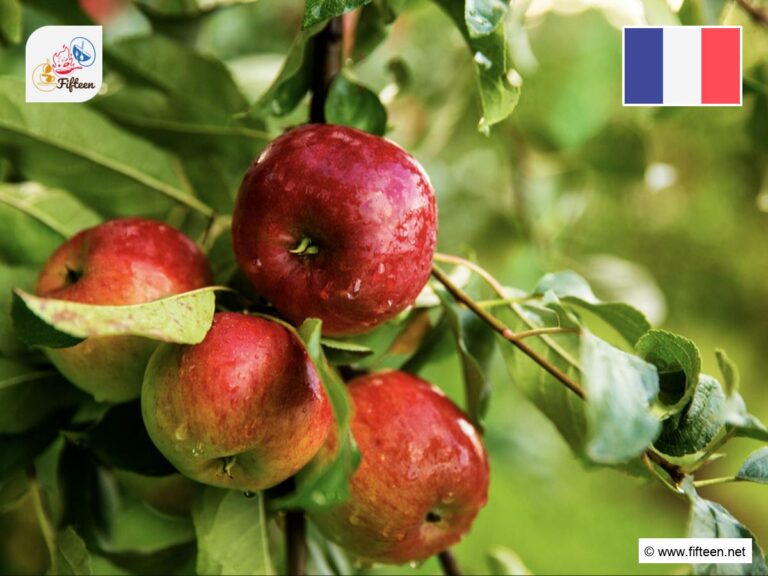
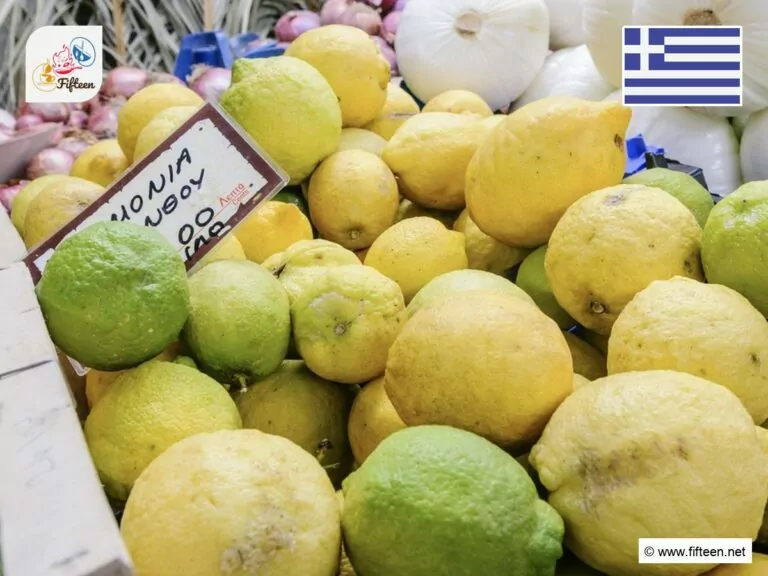
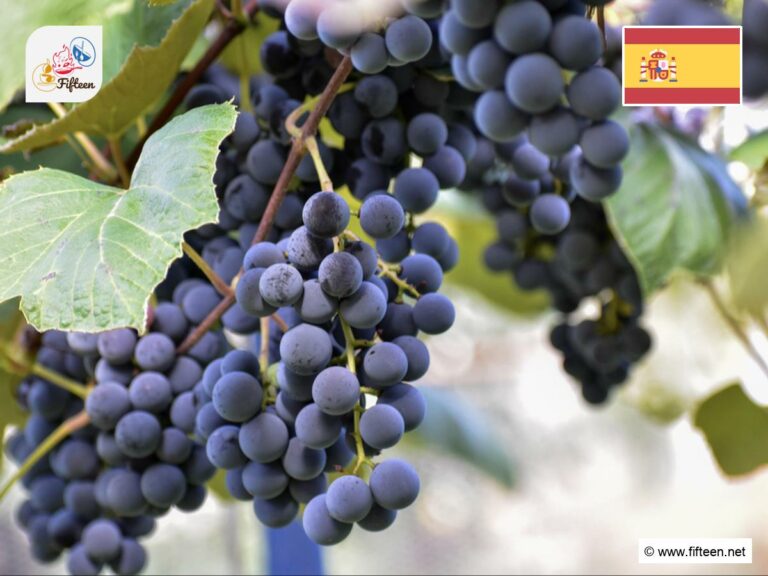
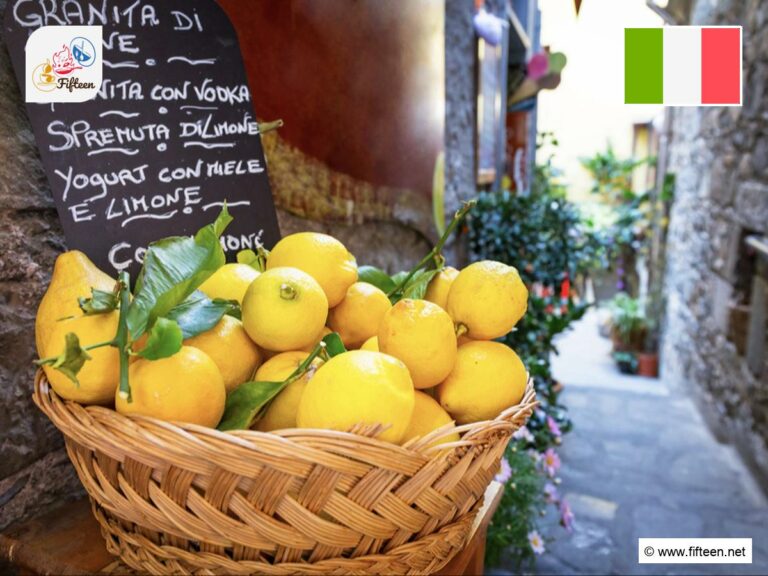
Jamie Scott
Editor in Chief, Senior Content Writer
Expertise
Home Cooking, Meal Planning, Recipe Development, Baking and Pastry, Food Editor, Cooking-video Maker, Western Food Evaluation Expert
Education
Le Cordon Bleu College of Culinary Arts
Local Community College, New York, NY
Jamie Scott is a skilled culinary expert and content creator specializing in Western cuisine. With over 15 years in the culinary field and formal training from Le Cordon Bleu, Paris, Jamie deeply understands how to blend nutrition with delicious flavors. His passion for cooking matches his commitment to making healthy eating accessible and enjoyable.
On Fifteen.net, Jamie brings a fresh perspective to classic dishes and beverages, offering readers insightful recipes, cooking tips, and a fresh view on meal planning that emphasizes taste, health, and simplicity.